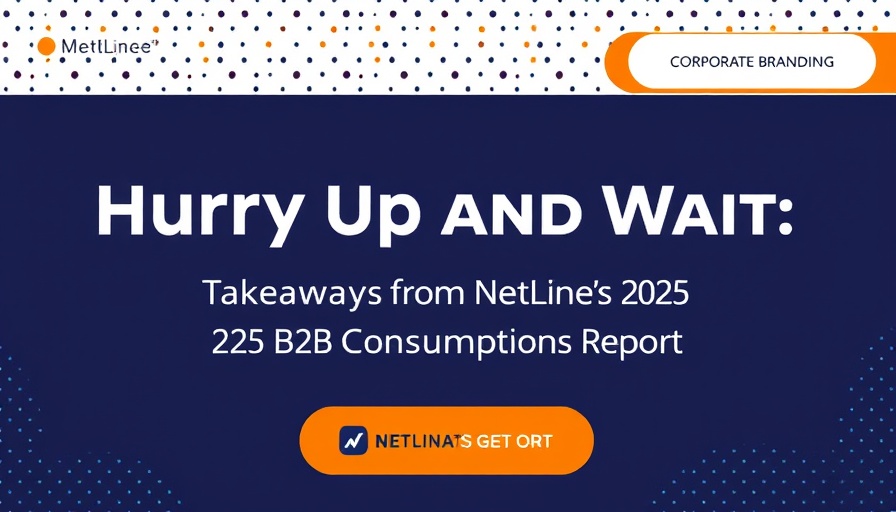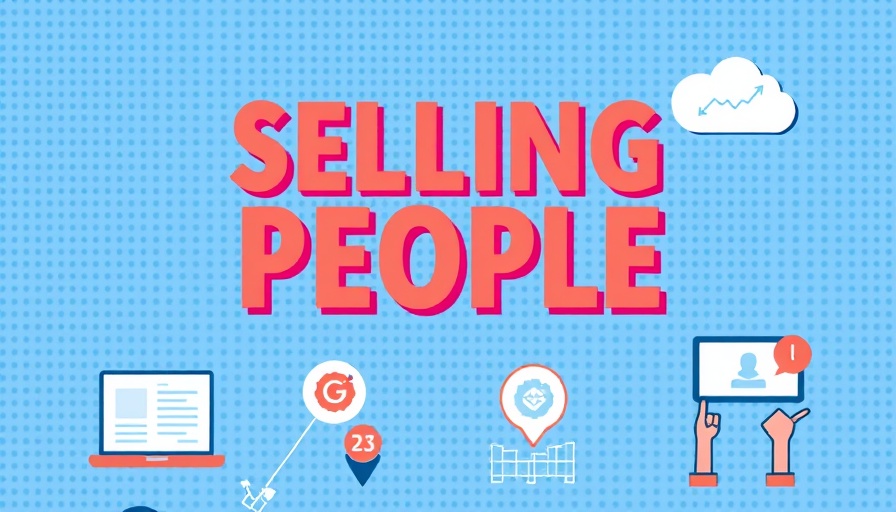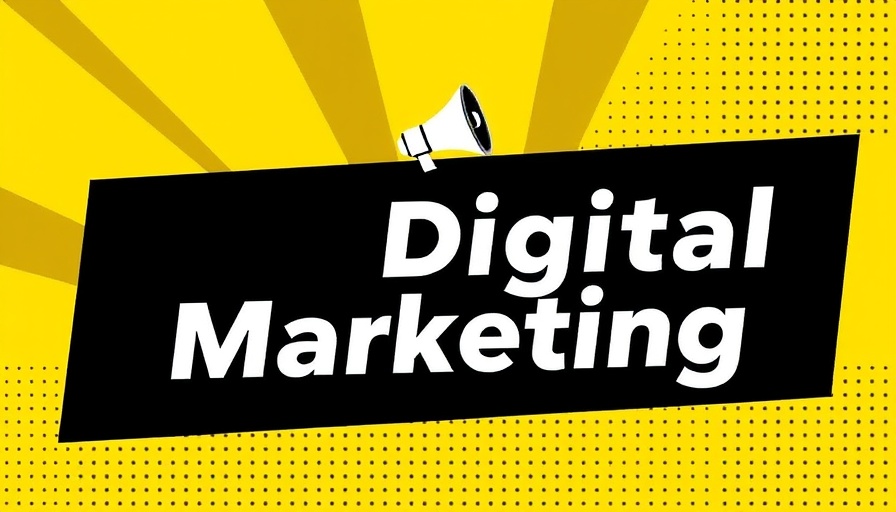
Understanding the Consumption Gap in B2B Marketing
The B2B marketing landscape is evolving, challenging professionals to adapt their strategies effectively. The significant findings from NetLine’s 2025 B2B Consumption Report highlight a critical trend: the Consumption Gap, defined as the time between content request and actual consumption.
In 2024, it took nearly 39 hours for B2B professionals to engage with requested content, which is alarming as it reflects a 23% increase from the previous year. This lengthy gap indicates a fundamental behavioral shift. B2B content requests are rising, yet engagement remains sluggish, as busy professionals struggle to allocate time for reading. As industries bustle with demands, navigating this gap has become crucial for marketers.
Strategies to Bridge the Gap
How can marketers respond to this Consumption Gap? One effective approach is to adjust follow-up communications. Instead of rushing to connect after a content request, marketers should allow potential clients room to breathe. A simple acknowledgment message, such as, "Thanks for downloading our guide! We’ll be in touch later this week," fosters trust and signals understanding of the clients’ busy realities.
Content Format Signals Intent
The B2B report emphasizes that the format of the content can indicate the intent behind requests. For instance, playbook registrations were 115% more likely to lead to a buying decision compared to simpler formats. Recognizing these nuances enables marketers to tailor their strategies and optimize content production accordingly.
Conclusion: The Future of B2B Marketing
As demand for content in B2B marketing continues to surge, understanding the delicate balance between curiosity and actual engagement becomes vital. By being mindful of the Consumption Gap and adopting a more patient approach to follow-ups, marketers can cultivate stronger relationships with their audience, enhancing trust in their brand.
 Add Row
Add Row  Add
Add 




 Add Row
Add Row  Add
Add 

Write A Comment